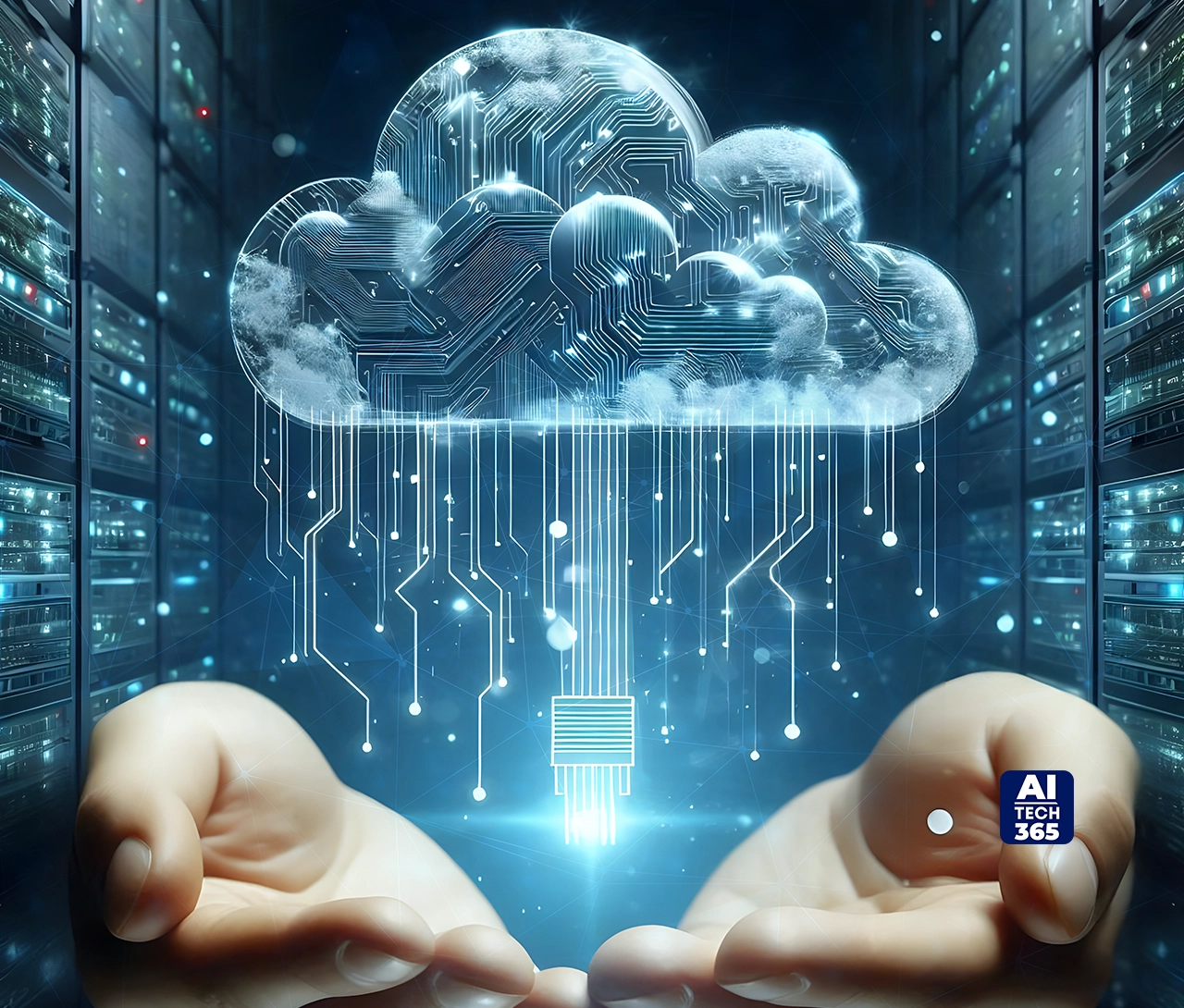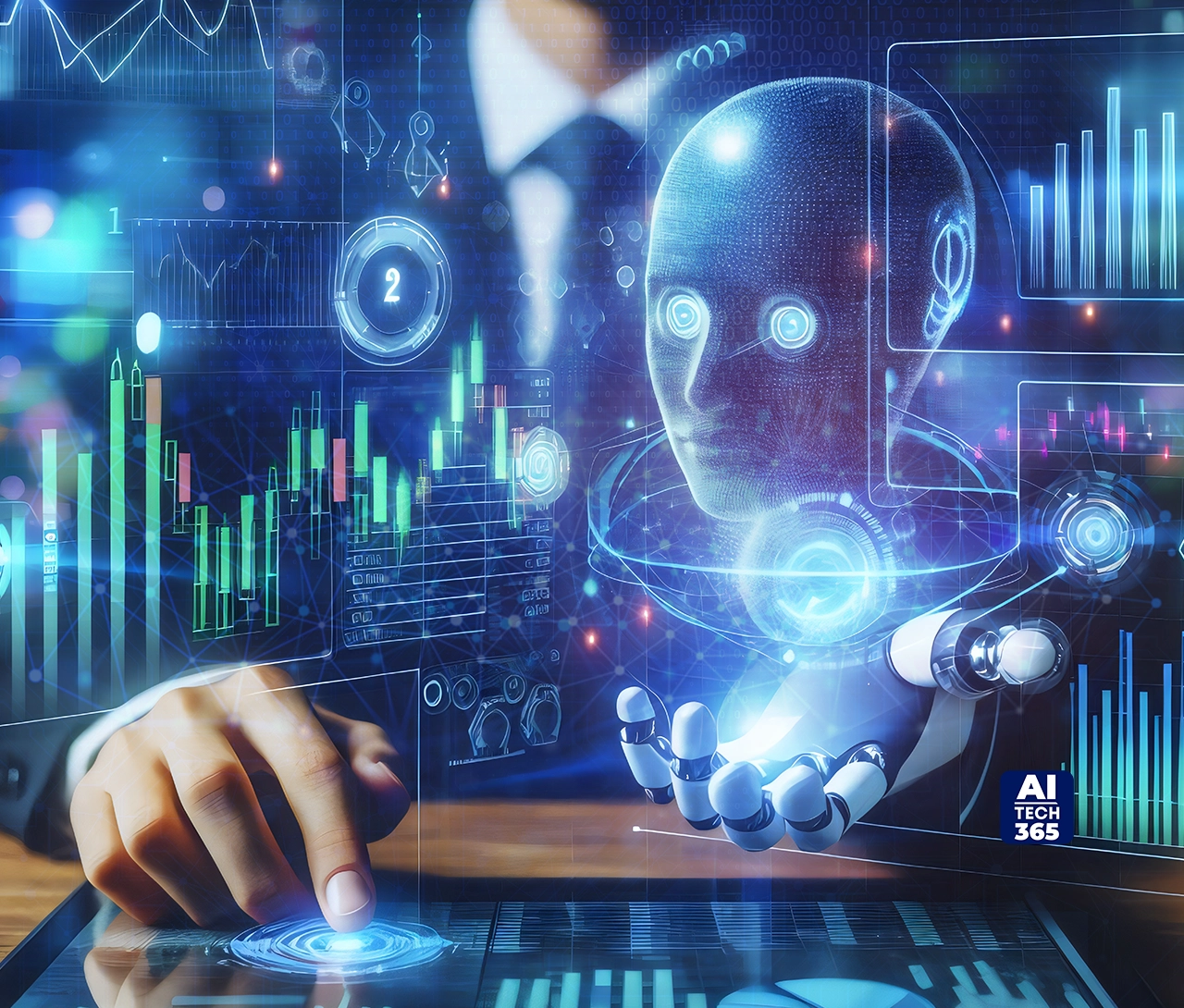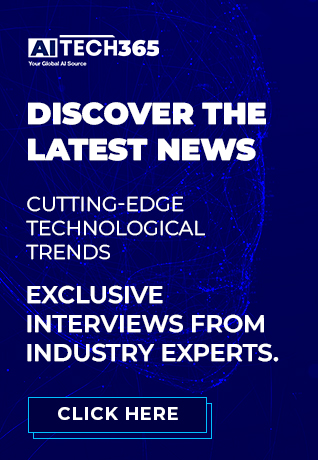The enterprise world is changing fast. Companies used to focus on cloud first. Now it is AI first. The rules are different. Speed, intelligence, and adaptability matter more than ever. Businesses that fail to adopt AI risk falling behind, while those that embrace it see productivity and innovation grow in ways they never imagined. This shift is at the heart of Microsoft’s enterprise productivity approach.
Microsoft is not just a software vendor. It is also the largest AI customer in the world. It uses its own tools at scale, testing them internally before releasing them to customers. Every team, every workflow, every product touches AI in some way. This is what people mean when they talk about ‘dogfooding’ technology.
This article shows how Microsoft’s AI stack, including Copilot and Azure AI, drives change across three main areas. Operations run smoother, marketing becomes more personal, and innovation moves faster. Taken together, these transformations create a blueprint for what Microsoft calls the Frontier Firm.
The AI-First Mandate and the Strategic Foundation Behind It
Satya Nadella didn’t just talk about AI; he rebuilt Microsoft around it. The order was clear: embed generative AI into everything. From the silicon powering Azure data centers to the Copilot tools sitting on a user’s desktop, every layer had to think, learn, and adapt. That’s what makes this shift more than a tech upgrade. It’s a cultural rewiring.
At the base sits Azure, the muscle that runs the show. Above it, the intelligence layer blends OpenAI’s latest models like GPT-4o and GPT-5 with Microsoft’s own large language systems. On top, the Copilot ecosystem translates all that computing power into real human productivity. This isn’t about adding tools; it’s about removing friction.
And before any of these tools reach the public, Microsoft tests them on itself. Thousands of employees use, break, and fix these AI systems daily. That’s the ‘dogfooding’ mindset, proving the tech in-house before preaching it outside. No shortcuts, no blind spots.
It’s also a timely move. According to Microsoft’s 2025 Work Trend Index, 82 percent of leaders say this is the year to rethink how their companies operate, and 81 percent expect AI agents to sit at the center of their strategy soon. That’s the heartbeat of Microsoft’s enterprise productivity story.
Also Read: AI and Privacy: Predictions for the Next Decade
Transformation of Core Operations and IT Efficiency
Microsoft’s enterprise productivity is showing up in the things that used to be a grind. You know, the repetitive stuff that eats up hours. AI agents are handling that now. In IT, they take care of Tier-1 and Tier-2 help desk tickets. Simple problems get solved fast and engineers can focus on the hard stuff. The response times are faster. Everything runs smoother. People are happier internally.
Finance teams are seeing changes too. Replay AI and Finance Launch AI go through piles of old data. They summarize thousands of financial documents. Reports are generated automatically. Things that used to take weeks now happen in hours. It gives leaders fresh insights. Decisions are faster. The company stays agile.
HR and talent management are changing as well. AI looks at LinkedIn and Viva data. It creates learning paths for employees. It checks performance objectively. Employees know how to grow. Managers get a clearer picture of skills and gaps. LinkedIn hiring and labor trends show shifts in skills demand. AI is shaping jobs and making workforce planning smarter.
This shows up in the numbers. Revenue hit $69.6 billion, up 12 percent from last year. Intelligent Cloud and Productivity segments drove this. These are real results. AI in operations, finance, and HR is creating real value.
AI is not just a tool. It is running the show. It drives efficiency. It helps employees. It changes decision-making. Microsoft treats AI as a core layer. Productivity gains are real. They are measurable. They scale.
AI-Powered Marketing and Customer Engagement
Marketing is not what it used to be. It used to be broad messages sent to everyone. Now AI makes it personal even when it reaches millions. Dynamics 365 and the customer data platform gather information from everywhere. AI looks at it, finds patterns, and helps make campaigns that feel like they were made for one person. Customers get messages that matter. Offers that fit their needs. Content that actually grabs attention.
Sales teams work differently too. Copilot for Sales reads customer conversations. It picks out the important stuff and writes follow-up emails. It checks competitors and gives updates in real time. Salespeople do not spend hours digging through notes or researching. They focus on talking to people, building trust, and closing deals. Things happen faster. Teams get more done.
Customer service has changed a lot. High volumes of questions used to pile up. Now virtual assistants powered by AI answer routine questions immediately. Customers get help faster. Humans deal with the tricky stuff. The hard questions that need thinking and judgment. Response times go down. Satisfaction goes up. Teams stop repeating the same answers and focus on solving real problems.
AI is running these parts of the business. Marketing, sales, and service are no longer separate from technology. They are powered by it. Productivity goes up. Customer engagement gets better. Employees spend time on work that matters.
This is what enterprise productivity looks like now. It is not just doing more work. It is doing the right work, faster and smarter. AI helps teams reach more people, sell better, and serve customers in ways that feel real and human.
Driving Innovation and Developer Velocity
Coding is not what it used to be. Developers are not just sitting and typing lines of code anymore. GitHub Copilot is changing that. It writes code, suggests solutions, and even points out mistakes. Developers do not lose their role. They oversee what Copilot produces. They review it, tweak it, and make it work for their projects. It speeds up work. It reduces errors. It lets teams focus on problem solving instead of repetitive coding.
Innovation is moving faster too. Engineering teams use Azure OpenAI Service to build minimum viable products quickly. What used to take months now happens in weeks. They can test ideas, see what works, and adjust immediately. The time from concept to first deployment has shrunk. Teams can take more risks because they can fail fast and learn faster.
Microsoft is also exploring multi-agent workflows. Multiple Copilots can work together on bigger tasks. For example, a meeting transcript can be turned into a project plan, a budget sheet, and a summary email without waiting for multiple people to do each step. It is like having an internal team of AI assistants that work together and deliver results fast.
All of this is backed by the Microsoft and OpenAI partnership. They have deepened the collaboration and renewed Azure commitments. The right-of-first-refusal framework ensures Microsoft can integrate new OpenAI models quickly. It gives engineers access to the latest AI capabilities while keeping everything under the company’s control.
The results are clear. Developers are faster, R&D cycles are shorter, and complex projects move along without the usual delays. AI is not replacing humans. It is letting them do more, work smarter, and focus on creative and high-impact work. Microsoft is showing that when AI is built into the workflow, innovation happens at a speed and scale that was not possible before.
Governance, Ethics, and Trust
Microsoft takes AI seriously. Safety, fairness, and accountability are not merely terms. They are incorporated in every AI tool that the company uses and releases. This method is the foundation of Microsoft’s corporate productivity; thus, every AI-supported workflow is secure and ethical. No system can be launched without undergoing a series of checks that ascertain its proper functioning. Teams monitor outputs and make adjustments when needed.
Risk is managed at every level. Internal governance structures oversee how AI agents handle data. Information is secured and improper usage is prevented by employing security measures such as Zero Trust protocols. The method of Microsoft ensures that AI is properly functional and gradually builds up the trust of workers, customers, and partners.
A Blueprint for the Enterprise Future
Microsoft is not just adding AI tools and calling it a day. The company has put AI into the center of how it works. Every part of the business is touched by it. Operations, marketing, innovation. IT, finance, sales, customer service. AI helps people do their work faster. It helps them make decisions. It takes care of the small stuff so humans can focus on the important stuff. This approach drives Microsoft’s enterprise productivity in a way that is measurable and practical.
Leaders can take a lesson from this. AI is not just a tech project. It is about how the whole organization works. You need to get people, processes, and tools to work together. You have to keep humans at the center. That is how productivity grows. Microsoft shows that when AI is built into the way a company works, the results are real. You can see them. You can measure them. It is a guide for any company that wants to rethink how work gets done.





